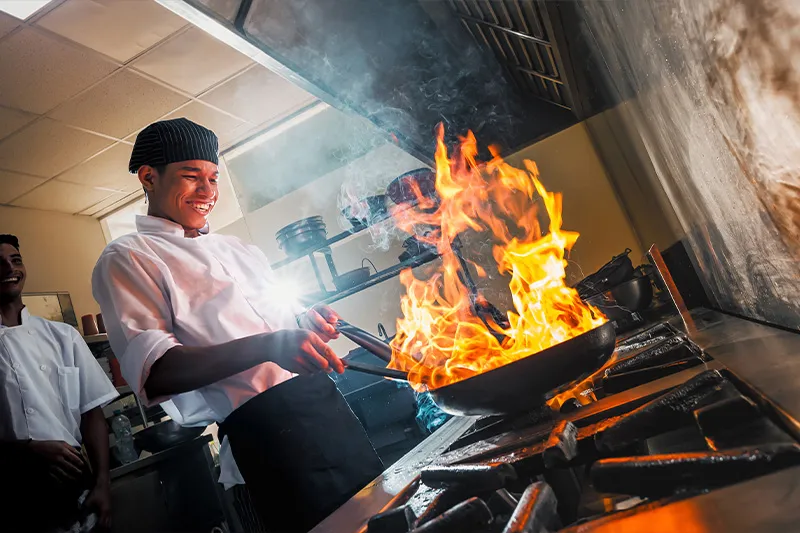How to Sync Front and Back of House for a Better Restaurant Experience

In any restaurant, seamless communication between front-of-house (FOH) and back-of-house (BOH) teams is essential for smooth operations, great customer service, and higher profitability. When your staff works in sync, orders flow faster, food comes out on time, and customers leave happy.
Understanding FOH and BOH Roles
Front of House (FOH) includes hosts, servers, bartenders, and bussers—any team member who directly interacts with customers. They manage seating, take orders, serve food, and handle payments, playing a vital role in creating a positive dining experience.
Back of House (BOH) includes chefs, cooks, dishwashers, and kitchen staff who prepare food, maintain hygiene, and manage kitchen inventory. Their coordination with FOH is key to delivering quality service efficiently.
Why Communication Between FOH and BOH Matters
- Order Accuracy: Prevents mistakes and food waste.
- Faster Service: Keeps timing sharp during busy shifts.
- Customer Satisfaction: Creates a smooth, enjoyable dining experience.
- Efficiency: Reduces stress and builds stronger teamwork.
- Problem-Solving: Helps staff address issues quickly before they escalate.
Common Communication Challenges
- High-stress environments during peak hours
- Loud noise levels that make verbal communication difficult
- Diverse teams with varying experience levels or language barriers
- Outdated or complex technology that slows down processes
Practical Solutions to Improve Coordination
- Use Modern POS and KDS Systems
Implement user-friendly POS software and kitchen display systems to streamline order flow and reduce miscommunication. - Hold Regular Team Huddles
Brief pre-shift meetings align everyone on goals, specials, and challenges. - Establish Clear Communication Channels
Use messaging apps, whiteboards, or visual cues to keep teams in the loop—especially during rush hours. - Cross-Train Your Team
Encourage staff to understand each other’s roles to build empathy and teamwork. - Create a Positive Work Culture
Recognize great communication and teamwork. A supportive environment boosts morale and retention. - Train for Technology and Soft Skills
Ensure all staff are comfortable using POS tools and build soft skills like active listening and conflict resolution.
Leadership Matters
Managers should lead by example—communicating clearly, resolving conflicts fairly, and creating an inclusive environment where every team member feels valued.
Final Thoughts
Keeping your front and back of house in sync is critical for restaurant success. With the right tools, communication strategies, and leadership, you can reduce errors, improve service, and create a more cohesive team—all of which lead to happier customers and a healthier bottom line.

